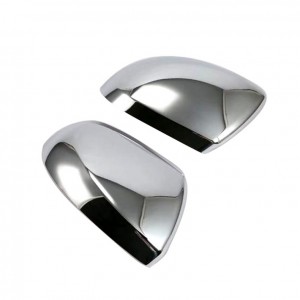Hot Selling Auto Exterior Lamp Auto Rear Lights Modified LED Car Tail Lights for Mercedes Benz Vito w447 v250 v260 2016-2022
Product Description
1. The tail light, which is a red light, plays the role of clearance light and brake warning. When it is turned on at night, other people can judge the width of the car from a distance. When braking, it makes it easier for the cars behind to find the brakes of the cars in front, so as to avoid rear end collision; 2. If the tail light is yellow, it is a turn signal. Before turning, merging and starting, turn on the relevant turn signal in advance as required to remind the front and rear. At this time, the yellow light on the left or right will flash.
The tail lamp is a mandatory safety warning device for automobiles. When driving at night, the tail lamp prompts that there is a car in front of the rear car and shows the location relationship between the two workshops, so it is installed on both sides of the rear car; Especially when driving long distances or at night, you should always check the taillights. When driving safely on the road, lighting equipment is only a small part of it, but it can not be ignored. Obvious and accurate signals are a condition for all car owners and passers-by to judge. However, today's car owners often ignore this. If the taillights and turn signals are dirty or broken, they will not care about it, leading to rear end collision accidents, If the tail lamp fails, it must be repaired as soon as possible before going on the road.
At present, there are mainly three lighting technologies for automobile tail lights: LED, OLED and laser. Among them, LED taillights have the advantages of low cost, low power consumption, long life, good seismic performance, etc., and are the mainstream lighting technology of taillights; However, LED also has some shortcomings, such as difficult heat dissipation, low yield and poor product consistency, which bring market opportunities to OLED and laser lighting technology.
OLED tail light is a surface light source, whose price is between LED tail light and laser tail light. It has the advantages of uniform light emission, clear boundary, thin shape, diverse modeling, multi zone control and digital display. Zhu Yingguang, the technical director of Yiguang Technology, pointed out that the thickness of organic materials for OLED devices is extremely thin (generally less than 500nm), so OLED devices can be made very thin; The form of OLED products depends on the form of the substrate. With different substrates, OLED can achieve special forms such as transparency and bending; The graphic design of OLED screen is realized by photolithography, and any graphic and quantity design can be realized on an OLED screen by mask design.














